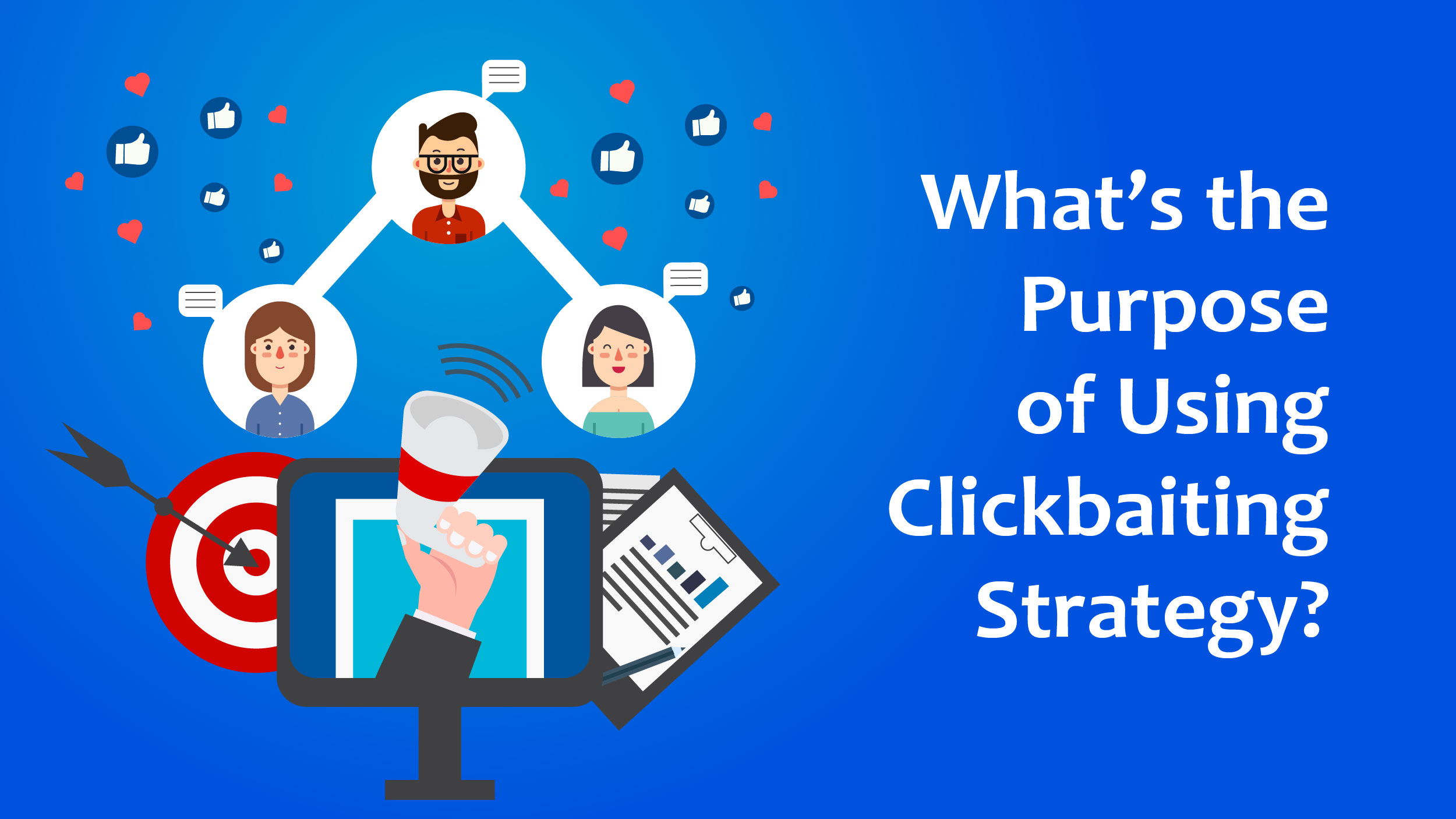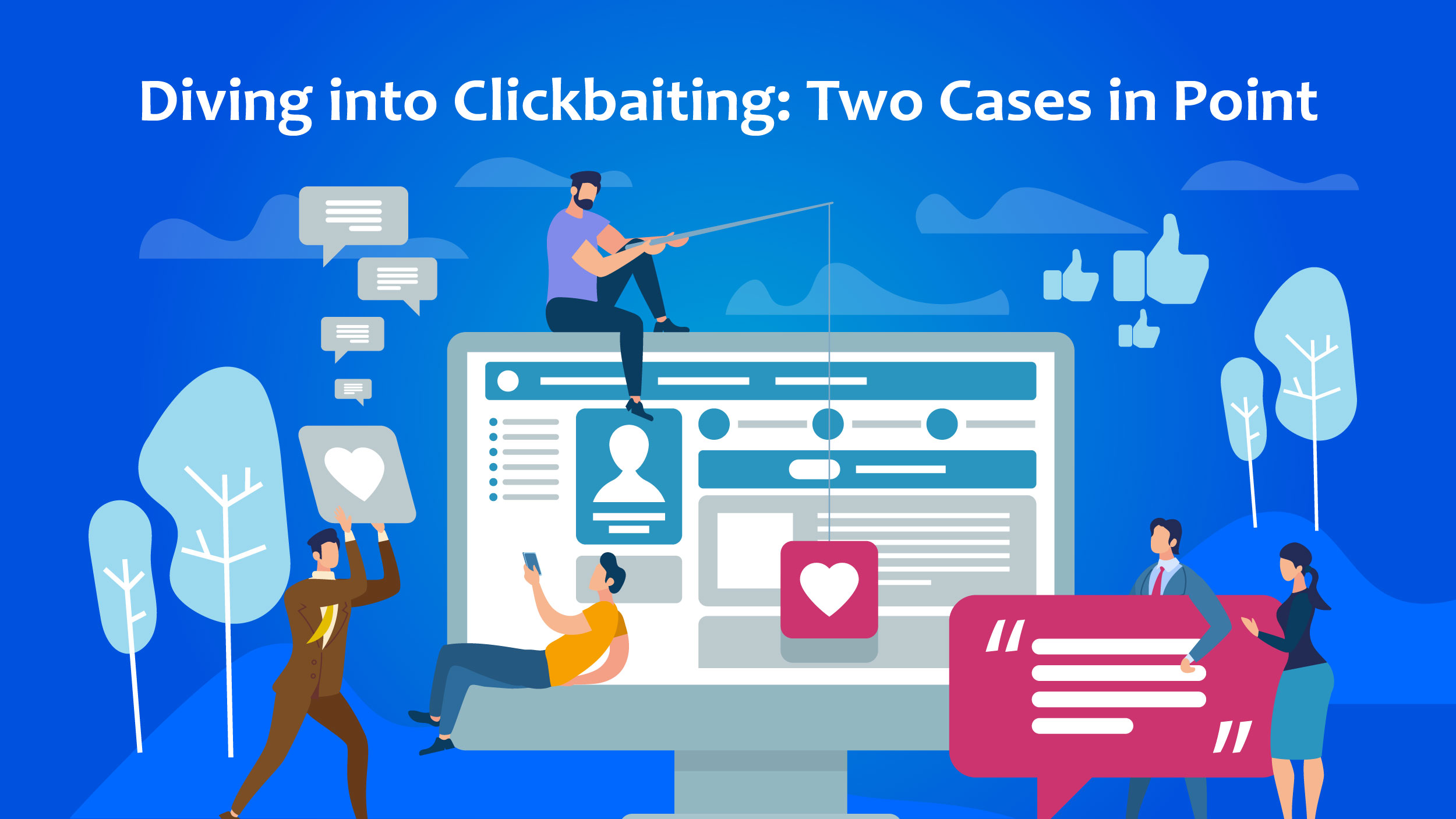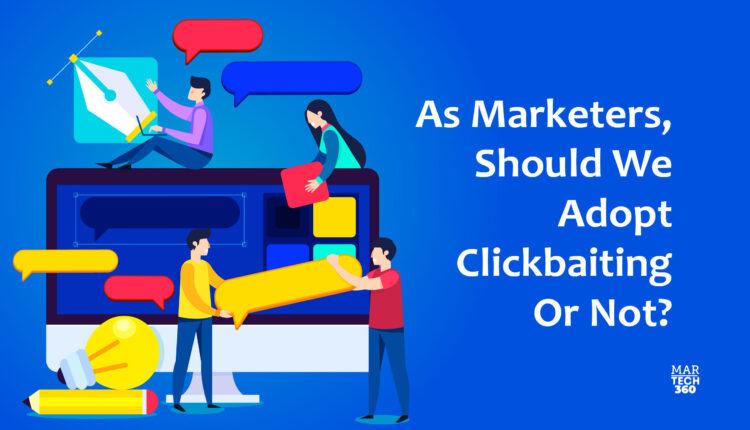If you’ve been online, you’ve probably come across articles and images with enticing headlines – these are part of what’s commonly known as clickbaiting.
Clickbait employs sensationalized headlines to lure you into clicking a link. Instead of providing objective information, it appeals to emotions and curiosity. This generates revenue for the hosting website through advertisers, even though the content’s quality and accuracy may be questionable. While the concept of sensationalism dates back to the 19th century, it has proliferated in the digital era, retaining its primary goal: grabbing your attention at any cost.
What is Clickbaiting?
In a broad sense, clickbait is deceptive or sensational content created solely for the purpose of increasing page views on a website. Publishers may use clickbait to drive traffic to their website in order to earn more advertising money, clicks, or conversions. The language used in clickbait is more emotional than informative. The content that follows, on the other hand, is rarely informative or verifiable. Clickbait can take many forms, including blog posts, banner ads, and SERP ads.
Why Does Clickbaiting Work?
Clickbait frequently receives a bad rap on the internet, owing to allegations of misleading content. That being said, there are numerous ethical ways to use it without misleading your readers. It works because it can elicit genuine human emotion and curiosity. Everyone wants to know how to get more followers, just as everyone wants to know what strange things happen on movie sets.
This is known as the curiosity gap, and it refers to the psychological desire to learn more. Most clickbait titles are written in such a way that the reader believes that by clicking on the link, they will learn something new. The most important ethical consideration is to provide genuine value in your article rather than simply using a headline to increase page traffic.
What’s the Purpose of Using Clickbaiting Strategy?
 We all want to create content that will entice readers to visit our websites, and there are numerous content marketing techniques that can assist — but not all of them are SEO-friendly.
We all want to create content that will entice readers to visit our websites, and there are numerous content marketing techniques that can assist — but not all of them are SEO-friendly.
Google now knows more about the content of your website than ever before as a result of its various updates. If your webpage’s title, headings, and URL aren’t relevant to its content, Google may penalize you, which could hurt your rankings.
We used to measure content performance by clicking for a long time. And many people still believe that the click is the most important metric. However, clicks and page views do not equal engagement, which is the main objective of any content.
Why Not Take The Bait?
When it comes to growing a brand, brand loyalty is essential. You need people to find your website, enjoy it, respect it, and return when they need your product again. Clickbaiting, which is based on ambiguous adjectives and exaggerated promises, does none of these things. Its viral potential primarily attracts first-time viewers.
In terms of inbound marketing, shooting abroad can attract a wide range of people, which can be beneficial, but the majority of them are unlikely to be interested in your brand—they simply want to know what happened when Dad gave his daughter the ice cream.
Since clickbait generally does not denote deep, useful content, visitors tend to leave quickly. They may form a negative opinion of your website, which will do you more harm than good in the long run. That’s why Facebook started analyzing time spent on a page as a quality indicator—exactly why authoritative, long posts perform well.
Clickbaiting almost never lives up to its hype. This is directly related to the first two reasons why clickbait is a bad idea: disappointment leads to bounces, which leads to poor engagement and, eventually, a loss of trust in your content.
This is why, in general, the game has shifted away from vague headlines and toward specific headlines that tell people right away whether the article contains the information they require.
Diving into Clickbaiting: Two Cases in Point
 Clickbait manifests in various forms, designed to entice readers or viewers. Let’s delve into two actual instances to gain a clearer understanding of this phenomenon.
Clickbait manifests in various forms, designed to entice readers or viewers. Let’s delve into two actual instances to gain a clearer understanding of this phenomenon.
1. YouTube’s Outrageous Video Titles
In the competitive realm of YouTube, where attention spans are short and instant gratification is sought after, some creators resort to clickbait titles and thumbnails to increase views.
For instance, if you search for “how to monetize Instagram,” you’ll find a top video titled “I’ve Made $500k from Faceless INSTAGRAM Accounts | How to go VIRAL and make passive income.”
This title employs clickbaiting techniques by showcasing an impressive earnings figure, emphasizing words like “VIRAL” and “INSTAGRAM,” and invoking curiosity with “make passive income” to entice viewers.
However, although the video offers some guidance on creating an Instagram account and researching viral trends, it falls short of providing substantial tips for generating significant passive income, particularly in the six-figure range. Instead, it mainly outlines labor-intensive tactics that demand a significant time commitment.
2. Entertainment News Article Headlines
People generally crave insights into the lives of their beloved celebrities. However, not every article lives up to its enticing headline.
Take, for instance, the Yahoo! News article titled, “Once A Huge Star, Today He Lives Alone in Westlake.”
This serves as an example of clickbaiting because the headline employs:
- Phrases like “you won’t believe your eyes” in the description and “once a huge star, today he lives alone” in the title pique curiosity.
- It uses a less-than-flattering photo of Tom Selleck to evoke intrigue and concern.
Yet, upon clicking, readers are directed to a lengthy blog post discussing over 15 celebrities and their opulent residences.
Final Thoughts
For a variety of reasons, it is impossible to condemn it.
To begin with, everyone does it to some extent. We should all agonize over our headlines because we want people to read them.
Second, clickbaiting does, to some extent, work. It generates more traffic and engagement, which can be used to increase brand awareness and, eventually, customer acquisition.
The risk is that clickbait can quickly become harmful, especially when taken too far. You must walk a fine line between sensationalizing your content and overdoing it to the point where content consumers are misled.


Comments are closed.